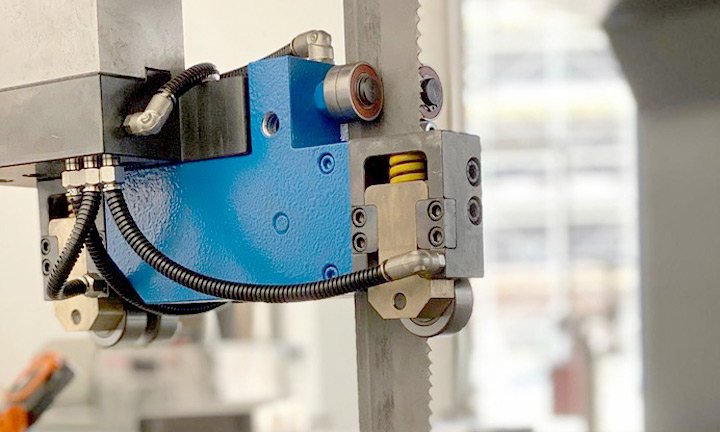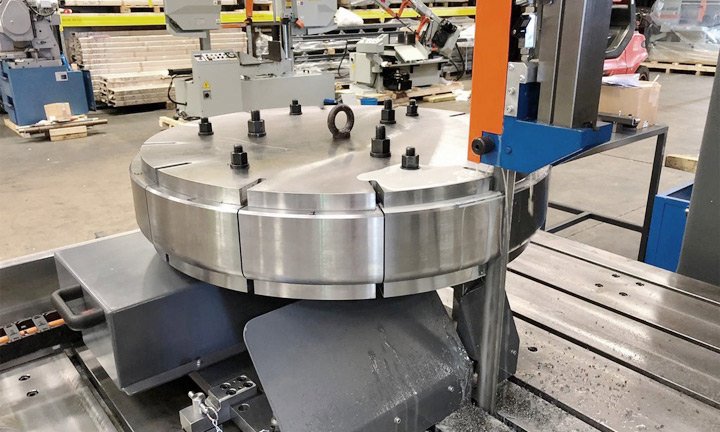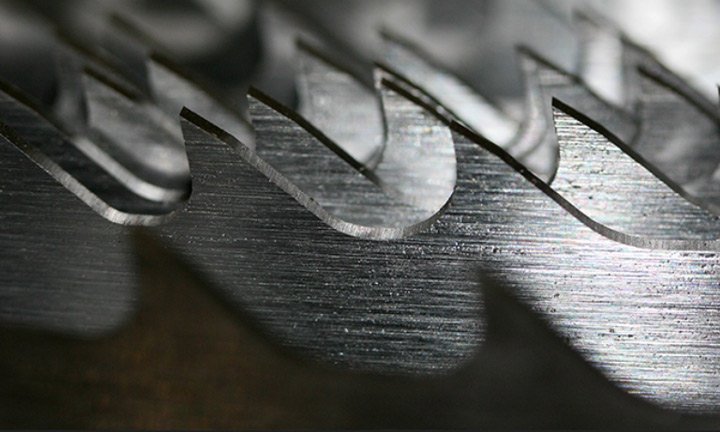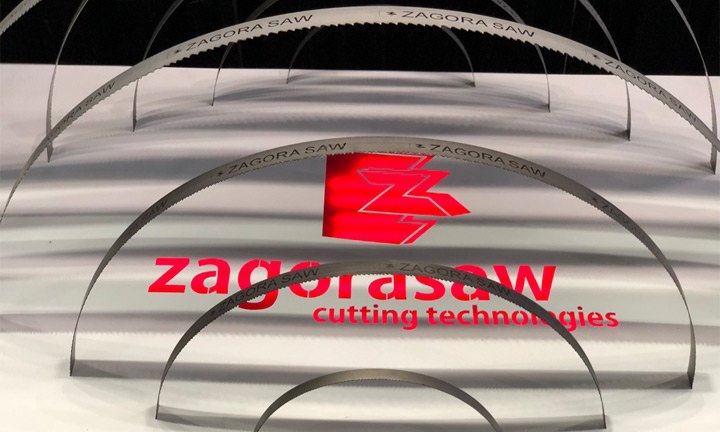
E-Why does my bandsaw blade strip its teeth?
Do you notice that your bandsaw blade is losing its teeth too quickly? While this can happen for a number of reasons, and will naturally happen to some extent during the normal life of a saw blade, excessive tooth lose can be both annoying and expensive. Bandsaw blades – particularly high-quality ones – are not cheap to buy, and if you are not getting the full life out of them, you are effectively losing your company money as well as possibly damaging the material that you are trying to cut. But a saw blade is designed to cut efficiently so what are the main reasons that a blade will start to lose teeth?
Incorrect Tooth-Pitch Selection
When a continuous blade cuts through an expanse of solid material, the stresses on the teeth are highest at the initial impact of the tooth tip and then tend to be uniform in terms of intensity and direction through the cut. That stress is dependent upon the depth of the cut and that is effectively dictated by the number of teeth acting on the workface at any one time. The less teeth acting on the surface, the harder deeper the cut will be and the more force applied to each cutting tooth. Regardless of work size, at least three teeth should be on the cutting face at any one time so that might mean changing blades as you factor in different materials and sections. Any less than the three teeth rule will lead to unbalanced forces on the tooth and subsequent, permanent, damage.
Material Defects
Cutting cheap materials can take its toll on your blade. Metallic materials – and steels in particular – are designed for maximum machinability, and come with the additions of lead, bismuth, selenium, tellurium, or phosphorus in precise amounts to ensure chipping during the cutting process. Cheaper steels may be missing some of these essential elements and instead of producing chips, the material may drag or tear out of the cut, putting excess force on saw blade teeth and leading to breakage.
Speed of Saw
Cutting speed is always a major issue when cutting materials and the tougher the material – such as high tensile or stainless steels – the more controlled and slower a saw cut should be. Have it too fast and the temperature will rise rapidly, and that will affect the strength and that will impact your blades teeth. Cut the speed down to recommended rates and you will get the expected life out of your blade.
Bow down speed
The bow of a bandsaw is the ridged top opposite the cutting edge on a horizontal saw, and is usually a mass which helps the teeth bear down on the metal being cut. This application of force is therefore dependent on this down speed; too low and it won’t cut, but too high and you risk damage to the teeth. Different metals will have different bow down speeds and these should be adhered to for the sake of your blade.
Operator training
While your bandsaw has well defined rates and limits, your operators use of it is dependent upon the training they receive. It is easy to treat a bandsaw as a simple piece of equipment, but it is as technical as your CNC lathes and Mills, and should be treated as such. It shouldn’t be used by anyone untrained – bear in mind that it is as dangerous as it is prone to damage – and training should cover all aspects of maintenance as well as safe use.
Cutting fluid mix
Cutting fluid is an important aspect of your bandsaw and while there are some materials, such as plastics and wood, that don’t need cutting fluid, it is best to use it on all metals. Some believe that water is good enough to take the heat out of the blade but generally a good cutting fluid of the right mix is not only going to keep the cutting area cool, but will help flush away the metal chips too. Fluids can be oil based or synthetic but are always developed with blade longevity in mind, so ensure that you use them and that the oil/water mix is correct.
End of blade life
Blades will inevitably fail, and that will typically be at the cutting face as teeth fracture and break. You cannot stop it happening, but you can extend the life of your blade by following all of the above points and treating your bandsaw blades as the technical pieces of equipment that they actually are.



